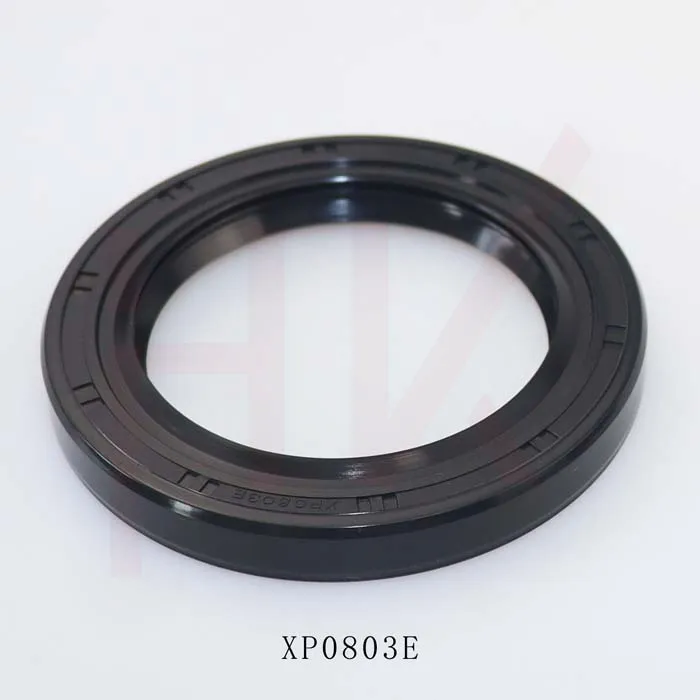nov . 19, 2024 14:07 Back to list
hydraulic seal repair
Hydraulic Seal Repair Essential Maintenance for Hydraulic Systems
Hydraulic systems play a crucial role in various industrial applications, machinery, and equipment. From excavators to airplanes, hydraulic systems provide the necessary force to operate heavy loads and execute complex tasks. However, like any mechanical system, hydraulic systems can experience wear and tear, especially the seals. Hydraulic seal failure can lead to significant issues, including fluid leaks, reduced efficiency, and potential system failure. Therefore, understanding hydraulic seal repair is essential for maintaining the integrity and longevity of hydraulic systems.
Understanding Hydraulic Seals
Hydraulic seals are specialized components designed to prevent fluid leakage while allowing controlled movement within hydraulic systems. They are typically made from durable materials, such as rubber or thermoplastic elastomers, which can withstand high pressures and temperatures. Seals come in various shapes and sizes, including O-rings, rod seals, and piston seals, each serving a specific purpose in the hydraulic circuit.
Over time, seals can degrade due to factors such as temperature extremes, chemical exposure, inadequate lubrication, and mechanical wear. Signs of seal failure often include visible leaks, erratic system behavior, or reduced system performance. Identifying these issues early on is crucial to prevent further damage to the system.
Importance of Regular Maintenance
Regular maintenance is vital for ensuring the longevity of hydraulic systems. This includes routine inspections of seals and other components, checking for signs of wear, and replacing seals as necessary. Neglecting seal maintenance can lead to costly downtime and repairs, ultimately affecting productivity.
Additionally, when performing routine maintenance, technicians should also assess the overall health of the hydraulic fluid. Contamination from dirt, water, or other particles can accelerate seal wear and lead to system failures. Keeping hydraulic fluid clean and replacing it at recommended intervals can significantly extend the life of seals and the entire hydraulic system.
Steps for Hydraulic Seal Repair
When a seal is found to be damaged or degraded, repairing or replacing it typically involves several steps
hydraulic seal repair

1. Identify the Problem Before proceeding with repairs, it's vital to diagnose the issue accurately. Check for leaks, pressure drops, and other symptoms of seal failure.
2. Disassemble the System Safely disassemble the hydraulic unit to access the seal. Ensure that all hydraulic fluid is drained to prevent spills and accidents.
3. Remove the Old Seal Carefully take out the damaged seal, taking note of its positioning and orientation to ensure proper installation of the new seal.
4. Clean the Components Clean the sealing surfaces and surrounding components thoroughly to remove any debris or contaminants. This step is crucial, as any dirt left behind can compromise the integrity of the new seal.
5. Install the New Seal Choose a seal that meets the specifications of the original component. Properly install the new seal, ensuring it is aligned correctly to prevent further damage.
6. Reassemble the System Once the new seal is in place, reassemble the hydraulic system carefully. Check that all connections are secure and that there are no obstructions.
7. Test the System After reassembly, refill the hydraulic fluid and run the system to check for leaks and ensure proper functionality. Monitor the system closely in the initial hours of operation following repair.
Conclusion
Hydraulic seal repair is an essential aspect of hydraulic system maintenance. Properly maintaining seals not only prevents leaks and downtimes but also enhances the overall efficiency and longevity of hydraulic equipment. Regular inspections, combined with proactive repair strategies, can save time and money while ensuring that hydraulic systems operate at peak performance. For businesses relying on hydraulic equipment, investing in proper maintenance and timely repairs of hydraulic seals is a crucial step in sustaining operational reliability and success.
-
The Trans-formative Journey of Wheel Hub Oil Seals
NewsJun.06,2025
-
Graphene-Enhanced Oil Seals: Revolutionizing High-Pressure Oil Sealing
NewsJun.06,2025
-
Future of Hydraulic Sealing: Advanced Intelligent TCN Oil Seals
NewsJun.06,2025
-
Don’t Let a Broken TCV Oil Seal Ruin Your Day
NewsJun.06,2025
-
Bio-Inspired Dust Seals for Better Sealing Performance
NewsJun.06,2025
-
Biodegradable and Sustainable Hydraulic Seal Materials
NewsJun.06,2025
-
Top Oil Seal Solutions for Your Industrial Needs
NewsMay.22,2025
Products categories
















